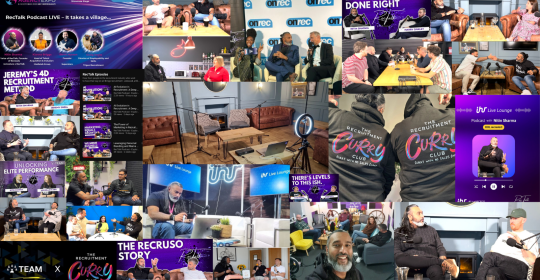The digital realm represents an unrivalled platform for growth, development and, perhaps most importantly, sheer visibility. After all, establishing that first line of contact necessitates a certain amount of visibility in the first place.
Of course, the internet is a medley of different methodologies, styles, genres and industries, which means that marketing inspiration can arise in the most unlikely of places. That’s why we have put together a few valuable lessons in marketing and visibility, straight from the gaming industry. Read more below.
Play to the Competition
Who’d have thought that the gaming world thrives on competition? Jokes aside, however, anyone looking to wind their way through the tricky landscape of digital marketing and (in)visibility ought to see the video game industry as a paradigm for progress.
Consider the fact that, between 2013 and 2021, the industry-leading live games streaming platform Twitch grew from an average concurrent viewership of around 550,000 in 2015 to an average of 1.4 million in the first quarter of 2020. Or the fact that eSports – which once represented a largely overlooked niche of the industry – has evolved into a billion-dollar industry in its own right.
Alternatively, consider the high profile competition that raged on between Sony and Microsoft during the impending launch of their pivotal, next-gen consoles – aptly named the ‘console wars’. Or, of course, the classic case of the online casino – a genre that has, and continues to, exemplify the ways in which competition pushes its subjects toward greatness. In this area, developers are not only playing to the power of heady competition between one another, but also to the keen interest players have in competing against one another, rather than always within an isolated format. For instance, leading European provider Casumo offers daily Reel Races, which pit players against one another in live races, as well as their more traditional slots.
Cater to the Length and Breadth of Your Market
The gaming industry began, as all things do, as an incredibly limited interest. That’s not to say it couldn’t provide hours of fun to its follows – if it hadn’t, it wouldn’t be the success that it was today – but that a handful of thirty-somethings hitting up the dimly lit arcade halls of the 1980s after work was, for a time, emblematic of the industry’s market.
How the industry accelerated to the heady heights it enjoys today is a chicken and egg problem. Somehow, it has found an enviable status in popular culture that, in some regards, put even the music and film industry to shame. One thing, however, is clear: the industry continues to thrive because of the fact that it has cleared a space on the cutting-edge of development for all of its users, rather than just a small few who fit the ‘stereotype’ of what it means to be a committed gamer.
For other businesses, the message is clear: focus on growth, but also focus on building sturdy foundations for maintaining those new areas of interest you uncover as you grow.
Be a Part of a Community
The benefits of this one are clear to see, even beyond the gaming industry. Increasingly, customers are looking for brands to demonstrate their human side – to be more, and do more, within a community of like-minded people, rather than to represent a somewhat cold and pragmatic entity.
The gaming industry boasts plenty of success stories and should act as a shining light for any brand – whatever industry – looking to take on a little more ‘character’ within the eyes of their customers, and prospective customers.
Many of the most influential gaming developers maintain not only a strong social media presence, but they use it to create an ongoing dialogue with their gamers. This is, of course, particularly beneficial when you are working on a gaming franchise that spans multiple decades, but it is an approach that any brand can modify and put to good use in their own way.






